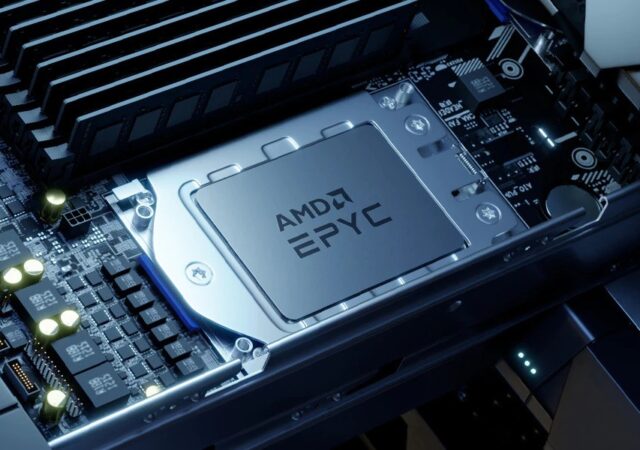Cloud computing is continuing to leave a mark on the startup industry. In fact, it’s become pivotal for startup understand and leverage cloud computing.
Google One Introduces 5TB Storage Plan
Google One introduces the 5TB storage plan to sit between the 2TB and 10TB storage packages at US$ 25 a month onward.
Keeping Up with the Pace of Innovation with the Cloud
Speed and innovation go hand in hand when it comes to a company’s need to stay relevant. How can a this be achieved?
5G, Industry, & Collaboration at the Edge
Companies continually need to be at the forefront. With the emergence of edge computing and 5G, the need for collaborative innovation is even more prevalent.
Even More EPYC with AMD – Stacking Zen 3
AMD just launched their new EPYC processors made for servers and data centers. The new processors feature Zen 3 and 7nm technology.
Digitization – The Key to Business Resilience During a Pandemic
Business resilience during the COVID-19 pandemic has been at the forefront of any executive’s mind. We speak to AWS to find out some of the hallmarks of businesses showing resilience.
The Samsung Galaxy S20 Fan Edition – The Better Value S20 Launched at MYR 3,399
The Samsung S20 Fan Edition is launched and is now available for Pre-orders until the 8th October 2020 for MYR 3,399!









